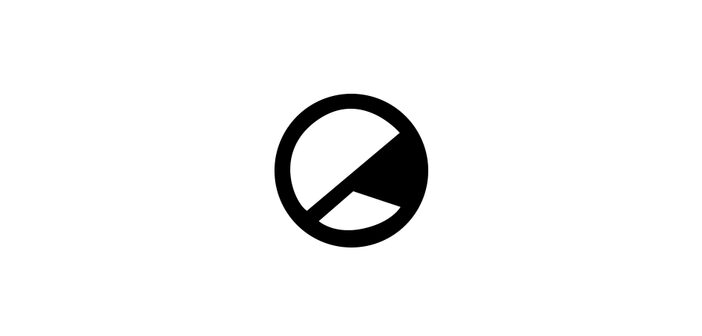Marvel's smallest heroes rise to the challenge with aplomb.
Have any of Marvel’s cinematic offerings gone so under the radar as 2015’s Ant-Man? Perhaps fittingly, the shrinking superhero’s debut had one of the more muted receptions of the bunch, serving up some sizeable (get it?) thrills and a few brilliant comedic moments, but leaving no lasting impact. With the character making only a fleeting appearance in 2016’s Captain America: Civil War and skipping right past 2018’s Avengers: Infinity War you’d be forgiven for forgetting that a sequel was even in the works. Certainly, the film had an unenviable task following on from the Russo Brothers’ mic-drop earlier this year, and I’d argue it would have been better served being released before Avengers, but I digress. Ant-Man and the Wasp is here, and for a film that, in a rare moment of self-control in this franchise, is essentially-inconsequential to the larger events of the universe, proves to be a rollickingly-fun adventure that far surpasses the original.
The film is set somewhere between the end of Civil War and the crux of Infinity War, which could have been presented more effectively but, of course, is completely necessary, given the events of the latter film. We catch up with the ever-charismatic Scott Lang (the joyous Paul Rudd), under house arrest as a result of his co-operation with the fugitive Steve Rogers in Civil War. And, essentially, his story arc revolves entirely around his continued effort to stay within the law and serve out the last few days of his sentence, allowing him to spend time freely with his daughter. Whilst these might be the lowest stakes to ever appear in a Marvel movie, it’s an extremely-refreshing dynamic, with Paul Rudd essentially portraying a superhero who is far more concerned with being a super-dad. His scenes with daughter Cassie (Abby Ryder Fortson) are genuinely-touching, and serve as a reminder that despite his incredible abilities to shrink and grow in size, Lang is one of the most grounded heroes in the MCU roster.
Arguably then, the role of the main protagonist belongs to the other half of the titular ensemble, Evangeline Lilly‘s Hope van Dyne, The Wasp. Quickly proving to be an adept superhero in a stunning action sequence involving bullets and a glass chandelier, the plot of the film thereafter details Hope’s efforts to locate a piece of technology which would allow her father, Hank (Michael Douglas) to retrieve her long-lost mother (and the original Wasp) from the mysterious Quantum Realm. Of course, also after the MacGuffin is a sinister phantom-like baddie who can phase through solid matter, and a local gangster with plans to sell the gang’s technology on the black market. In other words, it’s just another day in the MCU.
The film’s visuals are one of it’s strongest suits. All sorts of ingenious set-pieces crop up throughout the film, including a portable laboratory which can fold neatly into a suitcase, and a tin full of toy cars which can be grown to full-size on a whim. Close-ups of The Wasp sidestepping knives and rapidly-shifting size in order to kick ass serve to demonstrate the film’s excellent choreography, featuring a near seamless blend of CGI and practical effects. Whilst the first film was similarly-inventive, the sequel presents all of these moments with much more confidence. Even the ropey-CGI animals are hugely-improved this time around, with some terrifying giant pigeons a hilarious highlight. The scenes set within the elusive Quantum Realm are also worthy of praise. We’ve seen gorgeous alternate universes brought to life in the MCU before (with Doctor Strange‘s dark dimension being the closest parallel here) so it’s commendable that the Quantum Realm still feels innovative and enrapturing, with such beautiful scenes as a sea of floating tardigrades (weird-ass bear bugs, if you’re wondering) and a field wreathed with fire and lightning.
Sadly, the same cannot be said of the film’s villain characters, who fall flat even in spite of attempts to make them sympathetic. Hannah John-Kamen’s Ghost is particularly-bland – a shame considering the potential that the tortured character had – and comes across as ‘Saturday morning cartoonish’ at points, particularly in one scene where she suggests using Lang’s daughter as bait for our heroes. Laurence Fishburne is better-served as Bill Foster, a former colleague of Hank’s, but mostly because he just seems too loveable to be threatening. Rounding off the trio is Walton Goggins’ Sonny Burch, who never really grows beyond the confines of his one-dimensional criminal character, although he is responsible for one of the funnier gags of the film involving the plausibility of truth serum. The antagonist wasn’t great in the original movie either, which suggests that more work needs to be put into this area. After all, any hero is only as good as their villain.
A perfectly-enjoyable two hour distraction with enough moments of shine, Ant-Man and the Wasp extends Marvel’s winning streak. In the wake of Infinity War, it’s relieving to dial it all back just a bit and partake in a smaller story within the universe, although the film’s gut-punching post credit scenes serve to reminder us that the nightmare is far from over yet. Ultimately though, the film succeeds on its own merits, proving that each and every corner of the Marvel-verse, no matter how large or small, has an enjoyable story to tell.
Ant-Man and the Wasp, directed by Peyton Reed, is distributed in the UK by Walt Disney Studios Motion Pictures. Certificate 12A.




